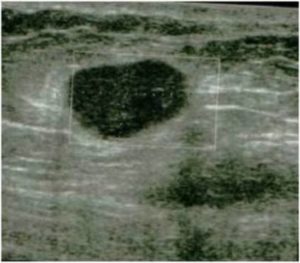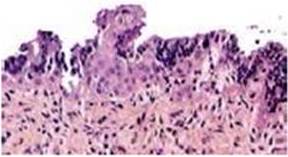Bagade, P. V. & Guirguis, M. M. (2009). “Menstruating from the Umbilicus as a Rare Case of Primary Umbilical Endometriosis: A Case Report,” Journal of Medical Case Reports, 3: 9326.
Publisher – Google Scholar
Burney, R. O. & Giudice, L. C. (2012). “Pathogenesis and Pathophysiology of Endometriosis,” Fertility and Sterility, 98 (3): 54-9.
Publisher – Google Scholar
Chene, G., Darcha, C., Dechelotte, P., Mage, G. & Canis, M. (2007). “Malignant Degeneration of Perineal Endometriosis in Episiotomy Scar, Case Report and Review of the Literature,” International Journal of Gynecological Cancer, 175 (3) : 709-14.
Publisher – Google Scholar
Din, A. H., Verjee, L. S. & Griffiths, M. A. (2012). “Cutaneous Endometriosis: A Plastic Surgery Perspective,” Journal of Plastic, Reconstructive & Aesthetic Surgery, 66 (1) : 129-30
Publisher – Google Scholar
Donnez, J. & Van Langendonckt, A. (2004). “Typical and Subtle Atypical Presentations of Endometriosis,” Current Opinion in Obstetrics and Gynecology, 16(5):431-437.
Publisher – Google Scholar
Fernandes, H., Marla, N. J., Pailoor, K. & Kini, R. (2011). “Primary Umbilical Endometriosis – Diagnosis by Fine Needle Aspiration,” Journal of Cytology, 28 (4) : 214-6.
Publisher – Google Scholar
Fernández Vozmediano, J. M., Armario Hita, J. C. & Cuevas Santos, J. (2010). “Cutaneous Endometriosis,” International Journal of Dermatology, 49 (1) : 1410-2.
Publisher – Google Scholar
Kodandapani, S., Pai, M. V. & Mathew, M. (2011). “Umbilical Laparoscopic Scar Endometriosis,” Journal of Human Reproductive Sciences, 4 (3) : 150—152.
Publisher – Google Scholar
Kyamidis, K., Lora, V. & Kanitakis, J. (2011). “Spontaneous Cutaneous Umbilical Endometriosis: Report of a New Case with Immunohistochemical Study and Literature Review,” Dermatology Online Journal, 17 (7) : 5.
Publisher – Google Scholar
Pacchiarotti, A., Caserta, D., Sbracia, M. & Moscarini, M. (2011). “Expression of Oct-4 and c-kit Antigens in Endometriosis,” Fertility and Sterility, 95 (3) : 1171-3.
Publisher – Google Scholar
Pacchiarotti, A., Milazzo, G. N., Biasiotta, A., Truini, A., Antonini, G., Frati, P., Gentile, V., Caserta, D. & Moscarini M. (2013). “Pain in the Upper Anterior-Lateral Part of the Thigh in Women Affected by Endometriosis: Study of Sensitive Neuropathy,” Fertility and Sterility [epub ahead of print]
Publisher – Google Scholar
Sampson, J. A. (1927). ‘Peritoneal Endometriosis Due to Menstrual Dissemination of Endometrial Tissue into the Peritoneal Cavity,’ American Journal of Obstetrics and Gynecology, 14:442—69.
Singh, A. (2012). “Umbilical Endometriosis Mimicking as Papilloma to General Surgeons: A Case Report,” Australasian Medical Journal, 5 (5) : 272-4.
Publisher – Google Scholar






